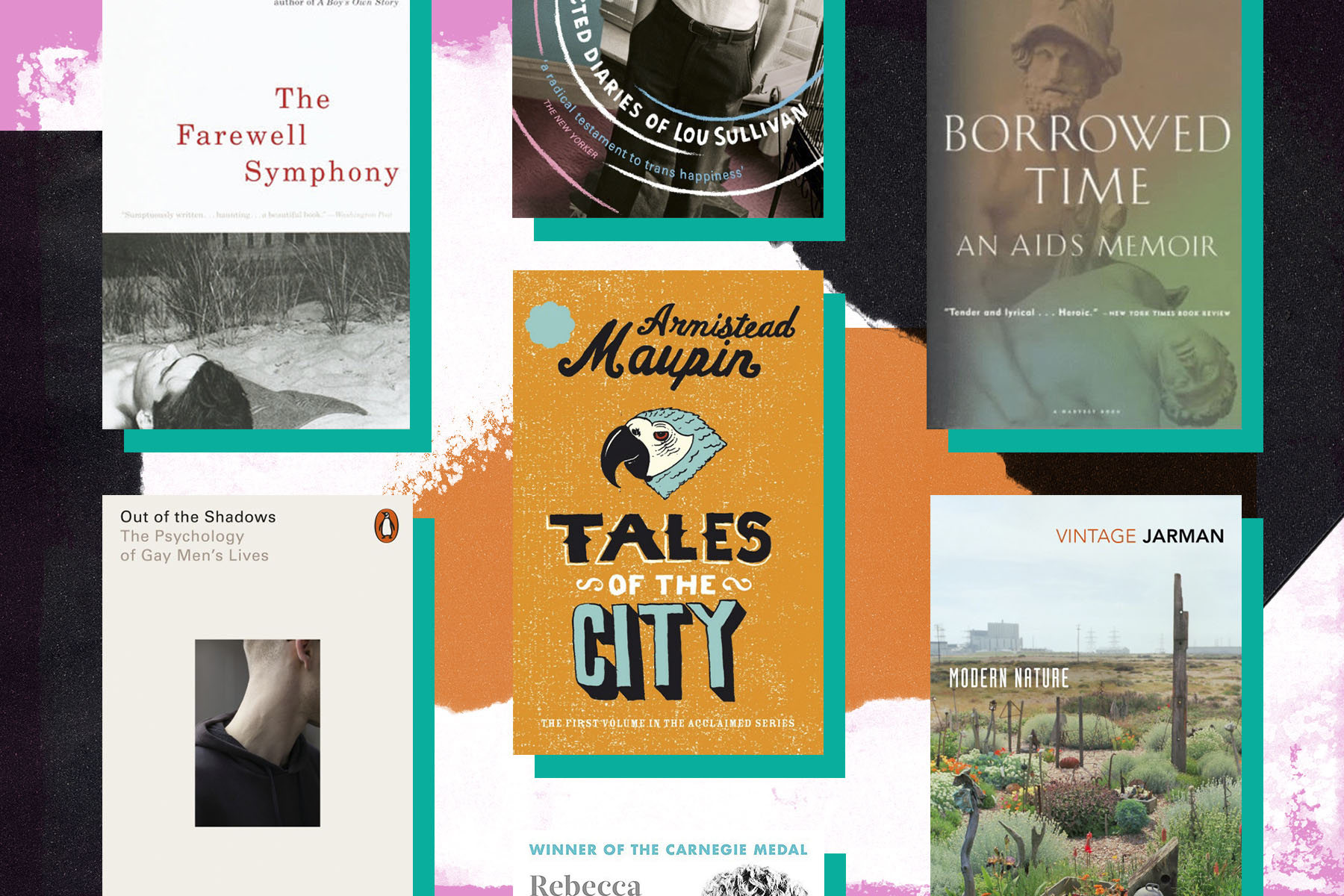- Home |
- Search Results |
- Books to read to learn more about the AIDS crisis

The AIDS crisis began over 40 years ago but interest in the subject has never been higher.
For many, It’s A Sin, Russell T Davies’ London set drama about young gay men living during the epidemic, was the first time they’d heard the story. The show, which was the first British dramatization of the crisis, showed how fear and prejudice kept much of the stories from the time untold, kept between those who experienced the epidemic first-hand.
The past year has seen that change dramatically; shows like It’s A Sin and Pose, the groundbreaking story of trans women of colour living at the height of the AIDS epidemic in late Eighties New York, have opened up the conversation about AIDS / HIV. Ahead of its third and final season, Pose lead actor Billy Porter broke a 14-year silence when he came out as HIV Positive. On social media and in the newspaper features that followed, the fictionalised TV accounts of the time gave way to real life experiences as people came out about their status, or told stories about those lost to AIDS.
Shame and stigma confined the horror of the disease largely to the marginalised communities hardest hit by it. Several decades on, medical advancements means that AIDS is no longer a death sentence but living with HIV remains complicated by intolerance and a lack of understanding.
Now, in an era where we are all affected by a global virus, there is a desire to learn about, and from, our recent past and talk about what it means to live with HIV today. Not all of the stories of the AIDS crisis have been told, but those which have offer teaching in compassion, resilience and understanding.
Tell the Wolves I’m Home by Carol Rifka Brunt (2012)
We can, whatever our circumstances, now understand the fear and uncertainty that a pandemic can induce. Set at the height of the AIDS crisis in New York, Tell the Wolves I’m Home is about that experience, as 15-year-old June Elbus grieves the loss of her uncle Finn at the hands of “a mysterious illness”. At the time, “the gay plague” was relatively unknown and Carol Rifka Brunt’s debut examines a family’s response to, and the societal stigma of, AIDS.
The Farewell Symphony by Edmund White (1997)
The AIDS crisis decimated the gay community. Named for Haydn’s symphony, in which musicians leave the stage one by one, Edmund White’s memoir of gay America begins in the 1960s when the community briefly enjoyed sexual liberation and ends in the 1980s, when the AIDS epidemic is killing his friends and lovers. A devastating account of the personal cost of the disease, The Farewell Symphony is a searing, brutally candid memoir from one of America’s great authors.
The Great Believers by Rebecca Makkai (2018)
Rebecca Makkai’s is perhaps one of the most ambitious works of fiction to address the AIDS crisis; its protagonist Fiona, now in her fifties, looks back at how the epidemic swept through Chicago in the 1980s claiming her brother and many friends. A Pulitzer and National Book Award shortlisted novel, The Great Believers is a must read for anyone who loved the community of It’s A Sin, as Makkai vividly imagines who it was like to live and love through the crisis up until the present day.
Let the Record Show: A Political History of Act Up 1987 - 1993 by Sarah Shulman (2022)
ACT UP were the most important activists of a generation, a movement that changed the course of the AIDS epidemic. The ACT UP story has been told largely from the perspective of white, cisgender gay men. Sarah Shulman’s new account – 20 years in the making – demonstrates that ACT UP’s success was the result of a much wider, and unlikely coalition of activists across gender identity, sexuality, race, age and socioeconomic backgrounds. An necessary corrective, Let the Record Show, is also a handbook for radical action.
Funeral Diva by Pamela Sneed (2020)
As Let the Record Show demonstrates, women and people of colour have been largely absent from accounts of the AIDS crisis. So Pamela Sneed’s poetic love letter to the black queer community of the time, is a critical addition. A memoir about growing up during the AIDS crisis in the 1980s, Sneed gives the reader access into the intimacies of Black gay life in a book which remembers the forgotten black stories of the AIDS crisis.
Borrowed Time An AIDS Memoir by Paul Monette (2014)
In Borrowed Time, Paul Monette explores the loneliness of the AIDS crisis for patients and their loved ones, describing the moment of his partner, Roger Horwitz’s AIDS diagnosis as “the day we began to live on the moon”. The book concludes with Horwitz’s death; Monette followed it with his own memoir, Becoming a Man: Half a Life Story. The author died three years later at the age of 49; his books remain invaluable testimony to the times he lived and died in.
To Make the Wounded Whole: The African American Struggle Against HIV /AIDS by Dan Royles (2020)
The AIDS epidemic continues to affect African Americans disproportionately and in Make the Wounded Whole, historian Dan Royles offers a timely and ambitious documentation of that experience over 40 years, documenting the protest from movements like SisterLove, a collective which campaigned for a movement based on Black Women’s Health. An essential read, To Make the Wounded Whole, also illustrates that there are many more stories about lives lived with AIDS / HIV to tell.